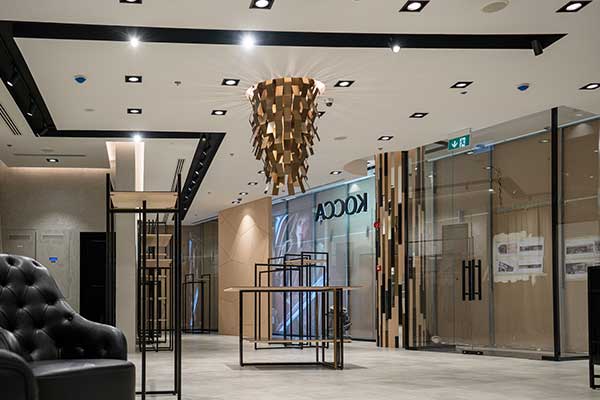Essential Skills Every Interior Designer Needs
A creative eye and attention to detail
First and foremost, you’ll need to be highly creative. You’ll be expected to design spaces for all sorts of clients. Although having a point of view can be an asset, you’ll also need to be very adaptable. You’ll also have to focus on both the little details and the big picture simultaneously to craft cohesive spaces. While creativity is not the sole requirement for this job, it’s certainly a prerequisite.
Trend identification
Trends come and go, and you’ll need to stay ahead of the curve. Being able to identify and predict trends will help you stay relevant and in-demand. Plus, being able to spot bad trends will ensure your career stays relevant for years to come.
Knowledge of sustainable practices
It’s becoming more common for clients to request eco-friendly features. You’ll need to have a good working knowledge of these desirable design features and technologies, especially if you opt to stay in the California area. Clients will rely on you to make the best decisions for them, so this knowledge is key for overall satisfaction.
Superior communication
As an interior designer, you’ll be expected to effectively communicate your vision to your clients and practice excellent listening skills. You’ll also need to work in tandem with contractors and other professionals who will be responsible for carrying out your designs.
Sketching ability and computer knowledge
If you’ve wondered how to become an interior designer, you might picture needing to create all your designs by hand. These days, most interior designers use computer-based design programs to create visual representations of their work; however, the ability to create preliminary sketches is helfpul, too. Being able to utilize both methods will make you more of an asset to your clients. But due to the popularity of many home design TV shows, clients especially want to see 2D and 3D visuals of designs in real life.
Organization
A good interior designer must be extremely organized in order to complete projects on time and on budget. When work takes too long or costs soar above what a client was promised, you’re not likely to find repeat business. Designers need to plan out everything to the day and to the dollar. Although unexpected delays and costs will inevitably pop up, you’ll need to allow for these surprises in your plans ahead of time.


0 Comments